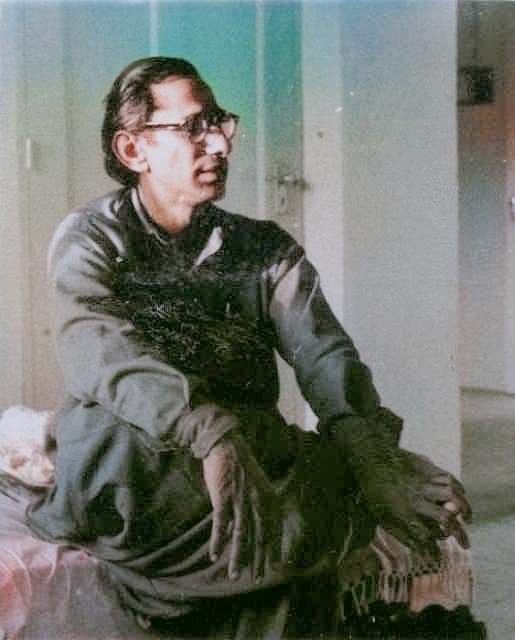Malid: Gwadar's Special Ritual
 |
| Malid Gwadar Ki Ik Mukhsoos Rasm |
Every region in the world has some special festivals and rituals of its people which represent their culture and lifestyle. Similarly, the local people of Gwadar also have some special rituals and festivals which not only are their identity but also reflect their cultural life as a nation. Among these rituals, "Mālid" and "Shangar" have special importance which have been prevalent here for centuries and are being passed down generations. The majority of the followers of this ritual are from the fishermen community.
 |
| Waja Zain-ul-Abideen and devotees attending the Malid session |
 |
| Daf drums are being heated near the fire |
 |
| Malidi and children who came to see Malid session |
 |
| Maldi is stabbing his body with a pointed instrument |
 |
| Malidi Heating drums near fire |
 |
| People who gathered to see Malid event |
 |
| Abdul Ghafoor and other people who attended the Malid session |
 |
| Oil is being applied on devotee back during Shangar session |
 |
| Waja Zain-ul-Abideen and devotees |
 |
| Waja Zain-ul-Abideen and devotees on Malid occasion |
 |
| Shangar session fire erupted when oil was applied on Shangar's chain |
 |
| Malidi being ready for Shangar event |
 |
| Maldi is stabbing his body with a pointed instruments |
 |
| An old man is stabbing his body with a pointed instruments |
































0 comments: